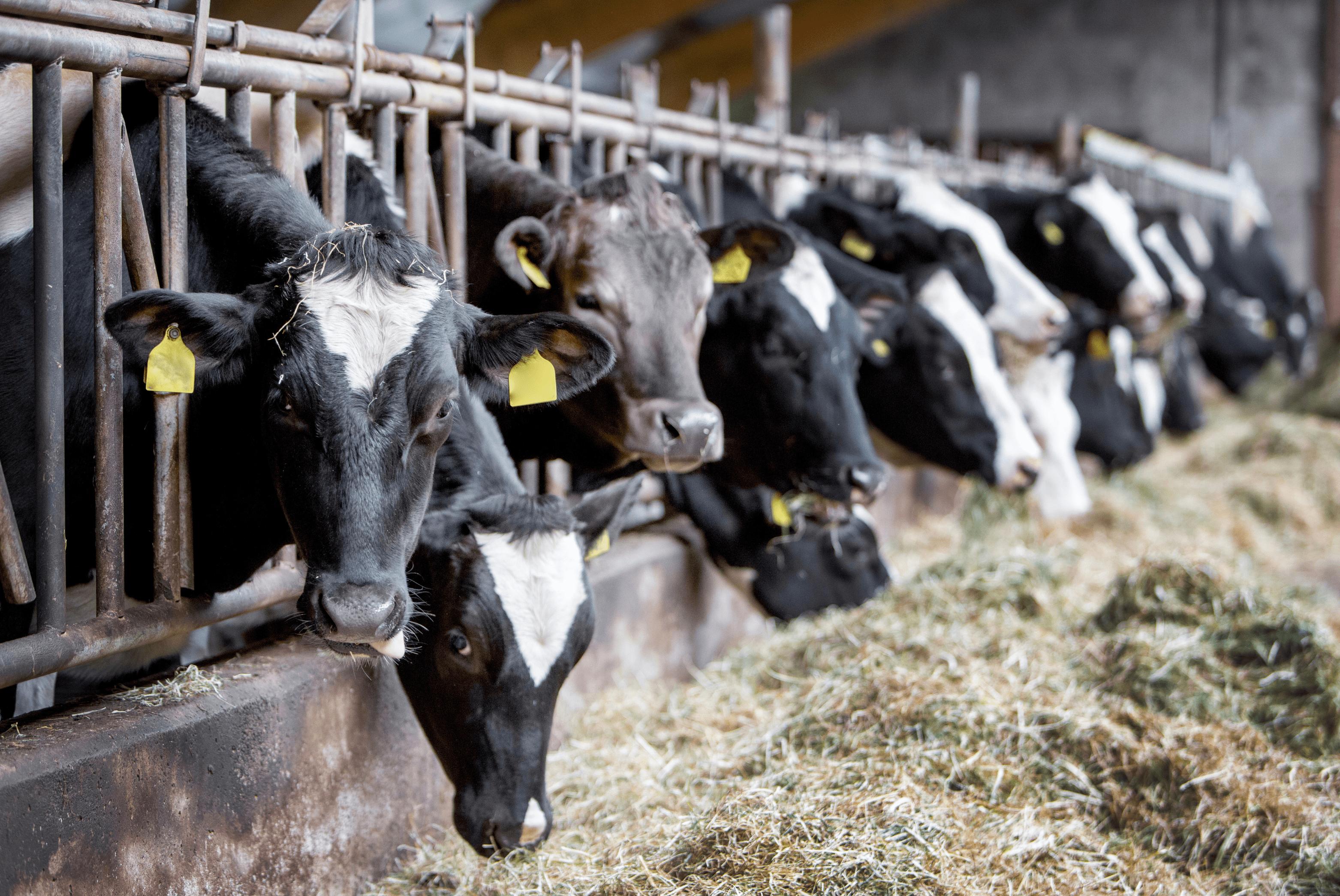

H5N1 – bird flu – has been detected in four dairy farms in San Bernardino County. The risk of infection from H5N1 remains relatively low. No person-to-person spread of bird flu has been detected in California.
“While the risk of bird flu to the general public remains low, the detection of this virus in animals across multiple farms serves as a reminder to practice caution when handling animals or animal products,” said San Bernardino County Health Officer Sharon Wang. “It’s crucial to avoid raw milk consumption and follow proper food safety practices to reduce any potential risk of exposure.”
Symptoms of H5N1 in humans
Symptoms typically appear within two to eight days of exposure, but can be up to 10 days, and may include:
- Eye redness or discharge
- Cough or sore throat
- Runny or stuffy nose
- Diarrhea or vomiting
- Muscle or body aches
- Headaches
- Fatigue
- Difficulty breathing
- Fever
Preventive measures for residents and pets
- Avoid consuming unpasteurized “raw” milk and undercooked meat. Raw milk can contain harmful germs that may cause serious illness, particularly in children under 5 years old, pregnant individuals, and people with weakened immune systems. Choose pasteurized milk and dairy products, as the pasteurization process eliminates the bird flu virus.
- Individuals who interact with infected dairy cows, poultry or wildlife are at greater risk of infection.
- Wear protective clothing when working with birds, wildlife, livestock or their environments.
- Refrain from working with sick animals or those exposed to avian influenza.
- Wash hands frequently after handling animals or being in their environment.
Stay healthy
As respiratory illnesses become more prevalent, residents are encouraged to:
- Stay up to date on vaccines for influenza, COVID-19 and RSV, particularly those at high risk, including pregnant individuals, to help protect babies who are born too young to be vaccinated. While these vaccines will not protect against bird flu, getting vaccinated can lower the risk of being infected with multiple infections at the same time.
- Practice good hand hygiene.
- Wear a mask in crowded or high-risk settings.
For more details on bird flu, please visit the California Department of Public Health’s Current Bird Flu Situation webpage. If you have any further questions, please contact the San Bernardino County Department of Public Health’s Communicable Disease Section at 1-800-722-4794, Monday through Friday, 8 a.m. – 5 p.m., or 1-800-472-2376 after-hours, including weekends and holidays.
Additional County Update News – March 6, 2025
- Winter Storm Warning in effect
- Are you ready? How CERT training prepares you for the unexpected
- San Bernardino County Veterans Affairs offers services in Barstow and Morongo Basin
- U.S. Department of Veterans Affairs replaces My HealtheVet and DS secure login services to access benefits
- WDB Rapid Response and Kohl’s: A model for effective workforce transitions
- Aging and Adult Services – Public Guardian celebrates the compassion of social workers during Social Workers Appreciation Month
- San Bernardino County Museum welcomes new curator of art and exhibits
- San Bernardino County destinations: Mojave National Preserve
- Call for submissions: Share your favorite San Bernardino County destinations
- San Bernardino County history: Colton
- Things to do in San Bernardino County
- Pet of the Week: Psalm